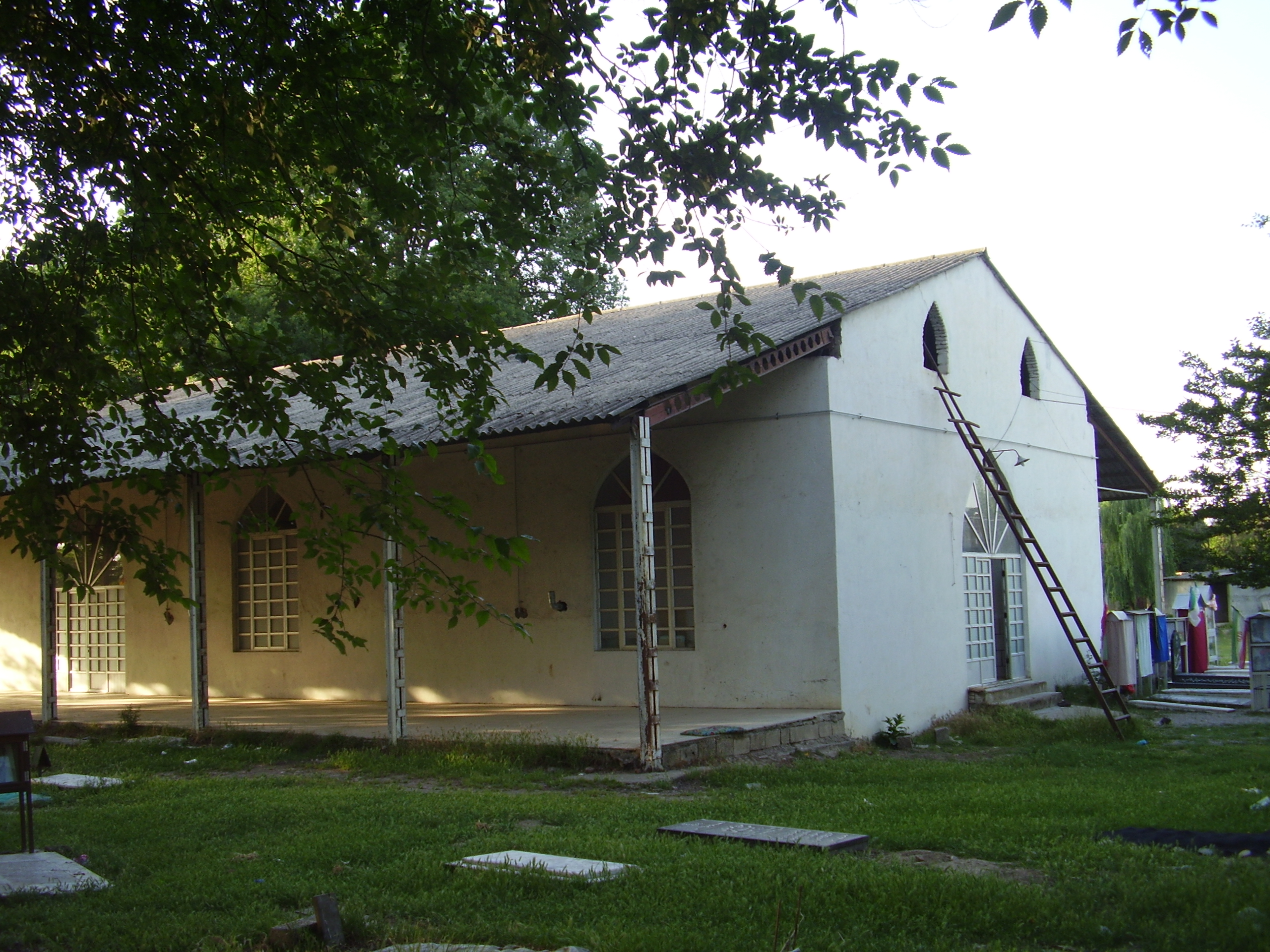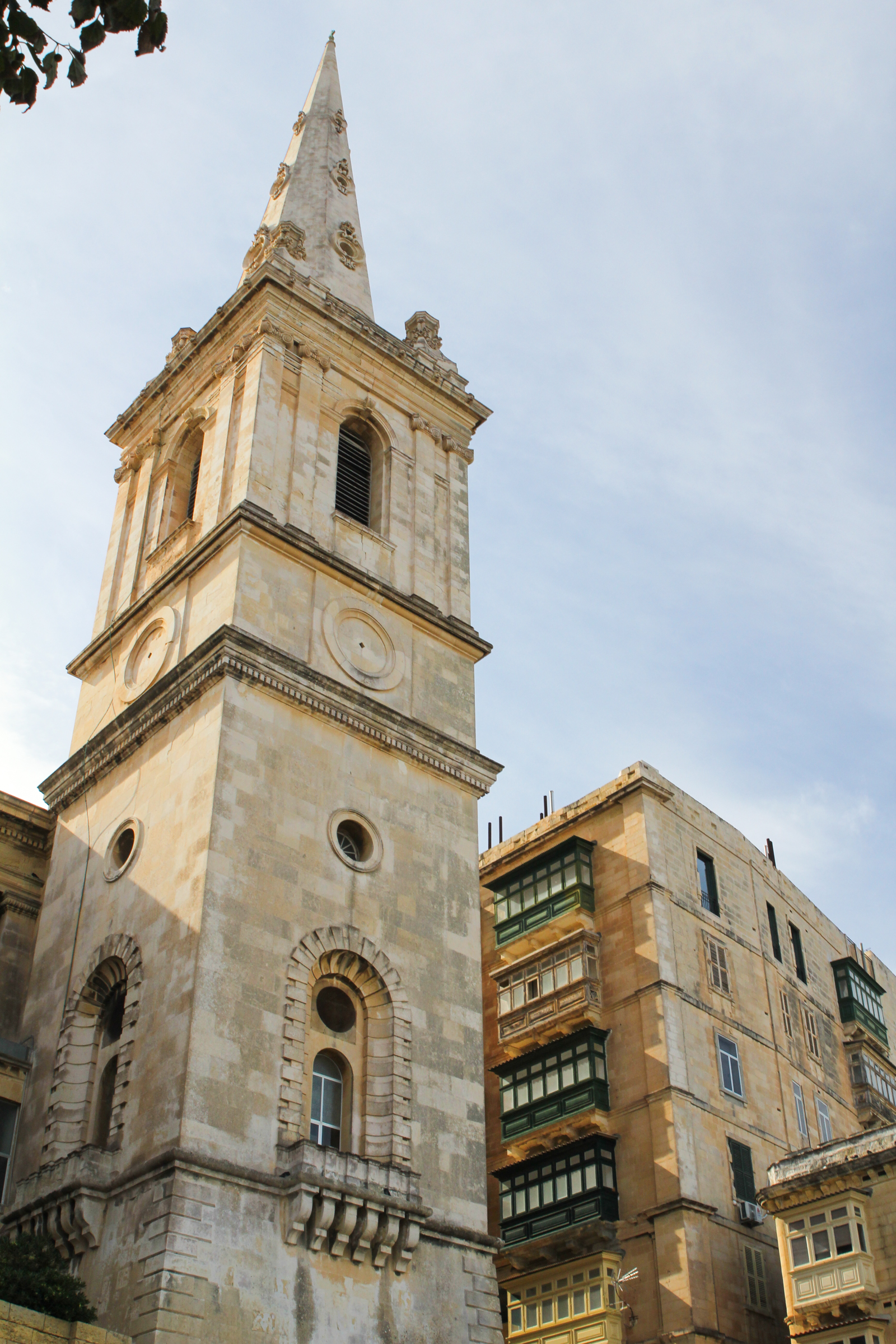|
Ш§Щ„Щ„Щ‡
Allah ( ; , ) is an Arabic term for God, specifically the God of Abraham. Outside of the Middle East, it is principally associated with Islam (in which it is also considered the proper name), although the term was used in pre-Islamic Arabia and continues to be used today by Arabic-speaking adherents of any of the Abrahamic religions, including Judaism and Christianity. It is thought to be derived by contraction from '' al- ilДЃh'' (, ) and is linguistically related to God's names in other Semitic languages, such as Aramaic ( ) and Hebrew ( ). The word "Allah" now conveys the superiority or sole existence of one God, but among the pre-Islamic Arabs, Allah was a supreme deity and was worshipped alongside lesser deities in a pantheon. Many Jews, Christians, and early Muslims used "Allah" and "al-ilah" synonymously in Classical Arabic. The word is also frequently, albeit not exclusively, used by BГЎbists, BahГЎКјГs, Mandaeans, Indonesian Christians, Maltese Christians, a ... [...More Info...] [...Related Items...] OR: [Wikipedia] [Google] [Baidu] |
God In Islam
In Islam, God (, contraction of , ) is seen as the Creator god, creator and God the Sustainer, sustainer of the universe, who God and eternity, lives eternally. God is conceived as a perfect, Tawhid, singular, immortal, omnipotent, and omniscient god, completely Infinity, infinite in all of Attributes of God in Islam, his attributes. Islam further emphasizes that God is most merciful. The Islamic concept of God is variously described as monotheistic, panentheistic, and monistic. In Schools of Islamic theology, Islamic theology, Anthropomorphism and corporealism in Islam, anthropomorphism () and corporealism () refer to beliefs in the human-like (anthropomorphic) and materially embedded (corporeal) form of God, an idea that has been classically described assimilating or comparing God to the creatures created by God. By contrast, belief in the Transcendence (religion), transcendence of God is called , which also rejects notions of incarnation and a personal god. is widely accep ... [...More Info...] [...Related Items...] OR: [Wikipedia] [Google] [Baidu] |
Arabic Definite Article
(, also Romanization of Arabic, romanized as ''el-'', ''il-'', and ''l-'' as pronounced in some varieties of Arabic), is the definite article in the Arabic language: a grammatical particle, particle (''ḥarf'') whose function is to render the noun on which it is Prefix (linguistics), prefixed definite. For example, the word ''kitāb'' "book" can be made definite by prefixing it with ''al-'', resulting in ''al-kitāb'' "the book". Consequently, ''al-'' is typically translated as ":wikt:the, the" in English. Unlike most other Arabic particles, ''al-'' is always prefixed to another word and never stands alone. Consequently, many dictionaries do not list it, and it is almost invariably ignored in collation, as it is not an intrinsic part of the word. ''Al-'' does not inflect for grammatical gender, gender, grammatical number, number or grammatical case. The sound of the final ''-l'' consonant, however, can vary; when followed by a Sun and moon letters, sun letter such as ''t'', ... [...More Info...] [...Related Items...] OR: [Wikipedia] [Google] [Baidu] |
Semitic Languages
The Semitic languages are a branch of the Afroasiatic languages, Afroasiatic language family. They include Arabic, Amharic, Tigrinya language, Tigrinya, Aramaic, Hebrew language, Hebrew, Maltese language, Maltese, Modern South Arabian languages and numerous other ancient and modern languages. They are spoken by more than 330 million people across much of Western Asia, West Asia, North Africa, the Horn of Africa, Malta, and in large Immigration, immigrant and Expatriate, expatriate communities in North America, Europe, and Australasia. The terminology was first used in the 1780s by members of the Göttingen school of history, who derived the name from Shem, one of the three Generations of Noah, sons of Noah in the Book of Genesis. Semitic languages List of languages by first written account, occur in written form from a very early historical date in West Asia, with East Semitic languages, East Semitic Akkadian language, Akkadian (also known as Ancient Assyrian language, Assyrian ... [...More Info...] [...Related Items...] OR: [Wikipedia] [Google] [Baidu] |
BГЎbism
BГЎbism () is a Messianism, messianic movement founded in 1844 by BГЎb, the BГЎb ( 'Ali Muhammad). The BГЎb, an Iranian merchant-turned-prophet, professed that there is one incorporeal, unknown, and incomprehensible GodEdward Granville Browne, Browne, E.G.]''Kitab-i-Nuqtatu'l-Kaf'' p. 15 who manifests His will in an unending series of Theophany, theophanies, called Manifestation of God (BahГЎКјГ Faith), Manifestations of God. The BГЎb's ministry, throughout which there was much evolution as he progressively outlined his teachings, was turbulent and short-lived and ended with his public execution in Tabriz in 1850. A campaign of extermination followed, in which thousands of followers were killed in what has been described as potentially one of the bloodiest actions of the Qajar Iranian military in the 19th century. According to current estimates, BГЎbism has no more than a few thousand adherents, most of whom are concentrated in Iran, but it has persisted into the modern era i ... [...More Info...] [...Related Items...] OR: [Wikipedia] [Google] [Baidu] |
Abrahamic Religions
The term Abrahamic religions is used to group together monotheistic religions revering the Biblical figure Abraham, namely Judaism, Christianity, and Islam. The religions share doctrinal, historical, and geographic overlap that contrasts them with Indian religions, Iranian religions, and East Asian religions. The term has been introduced in the 20th century and superseded the term Judeo-Christianity, Judeo-Christian tradition for the inclusion of Islam. However, the categorization has been criticized by some for oversimplification of different cultural and doctrinal nuances. For example, Islam shares cultural and doctrinal exchange from Asian religions, which Abrahamic religions are usually contrasted with. Usage The term ''Abrahamic religions'' (and its variations) is a collective religious descriptor for elements shared by Judaism, Christianity, and Islam. It features prominently in interfaith dialogue and political discourse but also has entered Academic discourse socializati ... [...More Info...] [...Related Items...] OR: [Wikipedia] [Google] [Baidu] |
Classical Arabic
Classical Arabic or Quranic Arabic () is the standardized literary form of Arabic used from the 7th century and throughout the Middle Ages, most notably in Umayyad Caliphate, Umayyad and Abbasid Caliphate, Abbasid literary texts such as poetry, elevated prose and oratory, and is also the liturgical language of Islam, "Quranic" referring to the Quran. Classical Arabic is, furthermore, the Register (sociolinguistics), register of the Arabic language on which Modern Standard Arabic is based. Several written grammars of Classical Arabic were published with the exegesis of Arabic grammar being at times based on the existing texts and the works of previous texts, in addition to various early sources considered to be of most venerated genesis of Arabic. The primary focus of such works was to facilitate different linguistic aspects. Modern Standard Arabic is its direct descendant used today throughout the Arab world in writing and in formal speaking, for example prepared speeches, some r ... [...More Info...] [...Related Items...] OR: [Wikipedia] [Google] [Baidu] |
BahГЎКјГ Faith
The BahГЎКјГ Faith is a religion founded in the 19th century that teaches the BahГЎКјГ Faith and the unity of religion, essential worth of all religions and BahГЎКјГ Faith and the unity of humanity, the unity of all people. Established by BahГЎКјu'llГЎh, it initially developed in Iran and parts of the Middle East, where it has faced Persecution of BahГЎКјГs, ongoing persecution since its inception. The religion has 5-8 million adherents (known as BahГЎКјГs) spread throughout most of the world's countries and territories. The BahГЎКјГ Faith has three central figures: the BГЎb (1819–1850), executed for heresy, who taught that a prophet similar to Jesus and Muhammad would soon appear; BahГЎКјu'llГЎh (1817–1892), who claimed to be said prophet in 1863 and who had to endure both exile and imprisonment; and his son, К»Abdu'l-BahГЎ (1844–1921), who made teaching trips to Europe and the United States after his release from confinement in 1908. After К»Abdu'l-BahГЎ's death ... [...More Info...] [...Related Items...] OR: [Wikipedia] [Google] [Baidu] |
Mandaeans
Mandaeans (Mandaic language, Mandaic: ࡌࡀࡍࡃࡀࡉࡉࡀ) ( ), also known as Mandaean Sabians ( ) or simply as Sabians ( ), are an ethnoreligious group who are followers of Mandaeism. They believe that John the Baptist was the final and most important prophet. They may have been among the earliest religious groups to practice baptism, as well as among the earliest adherents of Gnosticism, a belief system of which they are the last surviving representatives today. The Mandaeans were originally native speakers of Mandaic language, Mandaic, an Eastern Aramaic languages, Eastern Aramaic language, before they nearly all switched to Mesopotamian Arabic or Persian language, Persian as their main language. After 2003 invasion of Iraq, the invasion of Iraq by the United States and Multi-National Force – Iraq, its allies in 2003, the Mandaean community of Iraq, which before the war numbered 60,000–70,000 persons, collapsed with most of the community relocating to Iran, Syria ... [...More Info...] [...Related Items...] OR: [Wikipedia] [Google] [Baidu] |
Christianity In Malta
In the small Mediterranean island nation of Malta, the predominant religion is Roman Catholic Church, Roman Catholicism. A 2021 survey conducted by the University of Malta showed that 88% of respondents identified as Catholic, while 11% said they had no religious belief. History of Christianity in Malta Saint Paul The apostle Paul's time in Malta is described in the Acts of the Apostles (; ). Tradition holds that the church was founded by its patrons Paul of Tarsus, Saint Paul the Apostle and Saint Publius, who was its first bishop. The Islands of St. Paul (or St. Paul's Islets), in effect only one island during low tide, are traditionally believed to be the site where Saint Paul was shipwrecked in AD 60, on his way to trial and eventual martyrdom in Rome. Establishment of the Archdiocese of Malta According to tradition, Saint Publius, Publius, the Roman Governor of Malta at the time of Saint Paul's shipwreck, became the first Bishop of Malta following his Religious conversi ... [...More Info...] [...Related Items...] OR: [Wikipedia] [Google] [Baidu] |
Christianity In Indonesia
Christianity is Indonesia's second-largest religion, after Islam in Indonesia, Islam. Indonesia also has the second-largest Christian population in Southeast Asia after the Christianity in the Philippines, Philippines, the largest Protestant population in Southeast Asia, and the third-largest Christian population in Asia after the Philippines and China. Indonesia also has the second-largest Christian population in the Muslim world, after Nigeria, followed by Egypt. Indonesia's 29.4 million Christians constituted 10.47% of the country's population in 2023, with 7.41% Protestant (20.8 million) and 3.06% Catholic (8.6 million). Some provinces in Indonesia are majority Christian. In Indonesia, the word ''Kristen'' () refers to Protestantism, while Catholicism is referred to as ''Katolik''. In the 21st century the rate of Christian population growth, growth and spread of Christianity has increased, especially among the Chinese Indonesians, Chinese minority. Distribution Chri ... [...More Info...] [...Related Items...] OR: [Wikipedia] [Google] [Baidu] |
Pantheon (religion)
A pantheon is the particular set of all gods of any individual polytheistic religion, mythology, or tradition. Etymology The word, ''pantheon'', derives from Greek ПЂО¬ОЅОёОµОїОЅ ''pantheon'', literally "(a temple) of all gods", "of or common to all gods" from ПЂбѕ¶ОЅ ''pan-'' "all" and ОёОµПЊП‚ ''theos'' "god". Examples Some well-known historical polytheistic pantheons include the Sumerian gods and the Egyptian gods, and the classical-attested pantheon which includes the ancient Greek religion and Roman religion. Post-classical polytheistic religions include Norse Г†sir and Vanir, the Yoruba Orisha, the Aztec gods, and many others. Interpretations A pantheon of gods is a common element of polytheistic societies. A society's pantheon can be considered an aspiring self-reflection of that society: In the modern vernacular, most historical polytheistic religions are referred to as "mythology". Evolution of pantheons Scholars such as Jaan Puhvel, J. P. Mallory, and ... [...More Info...] [...Related Items...] OR: [Wikipedia] [Google] [Baidu] |








